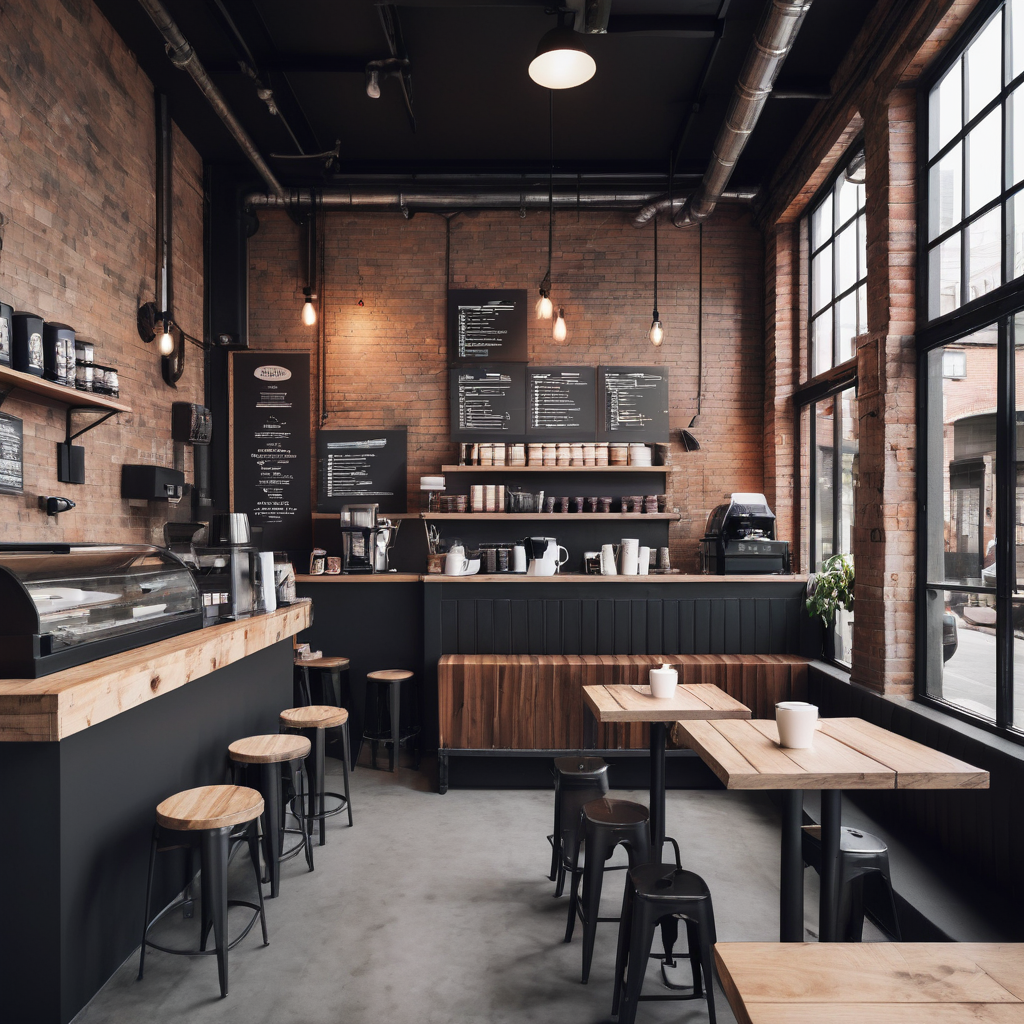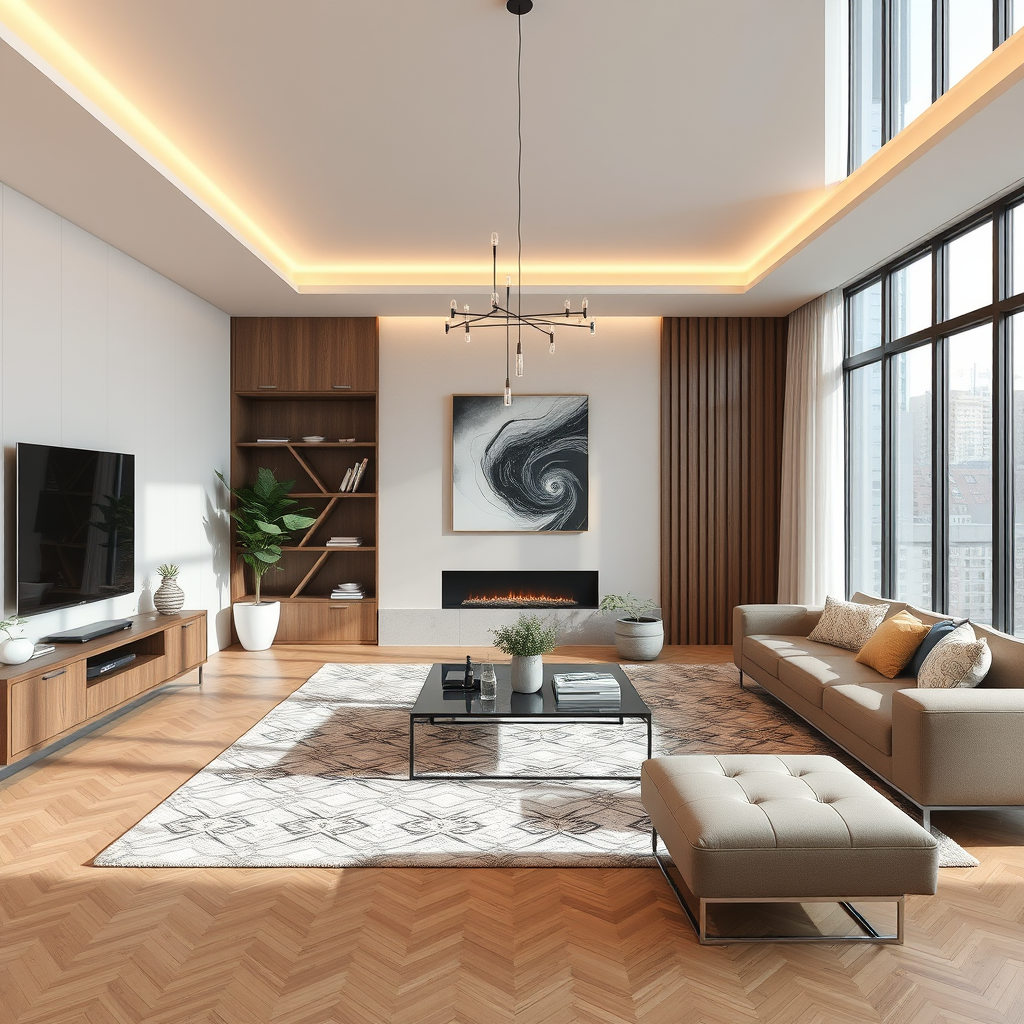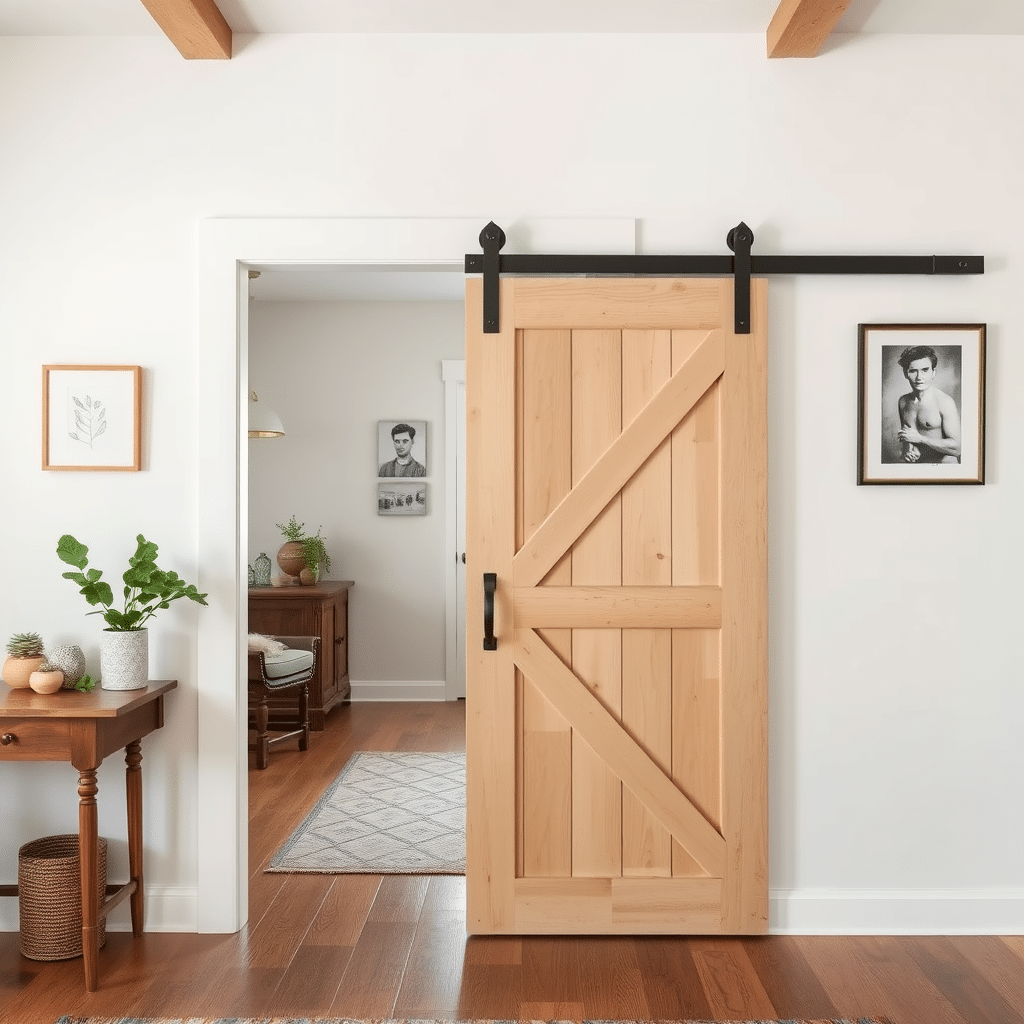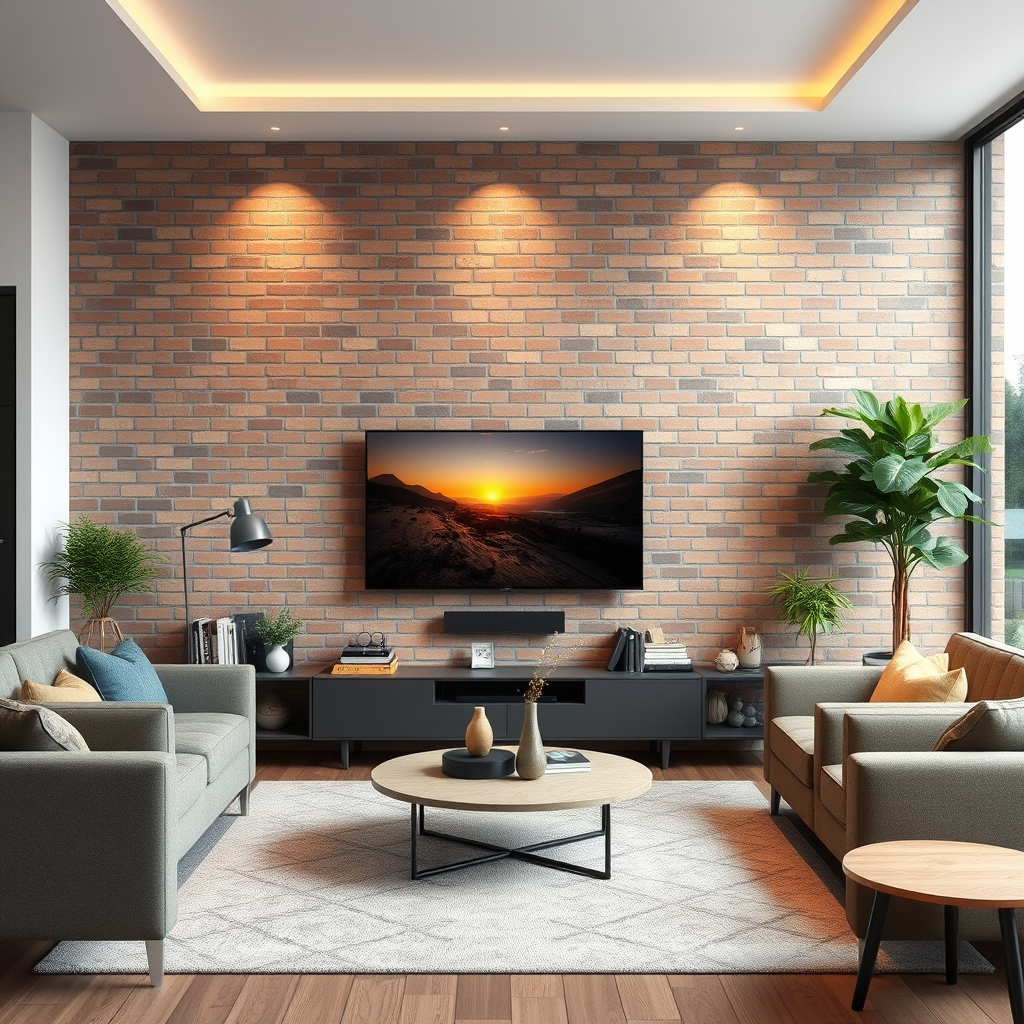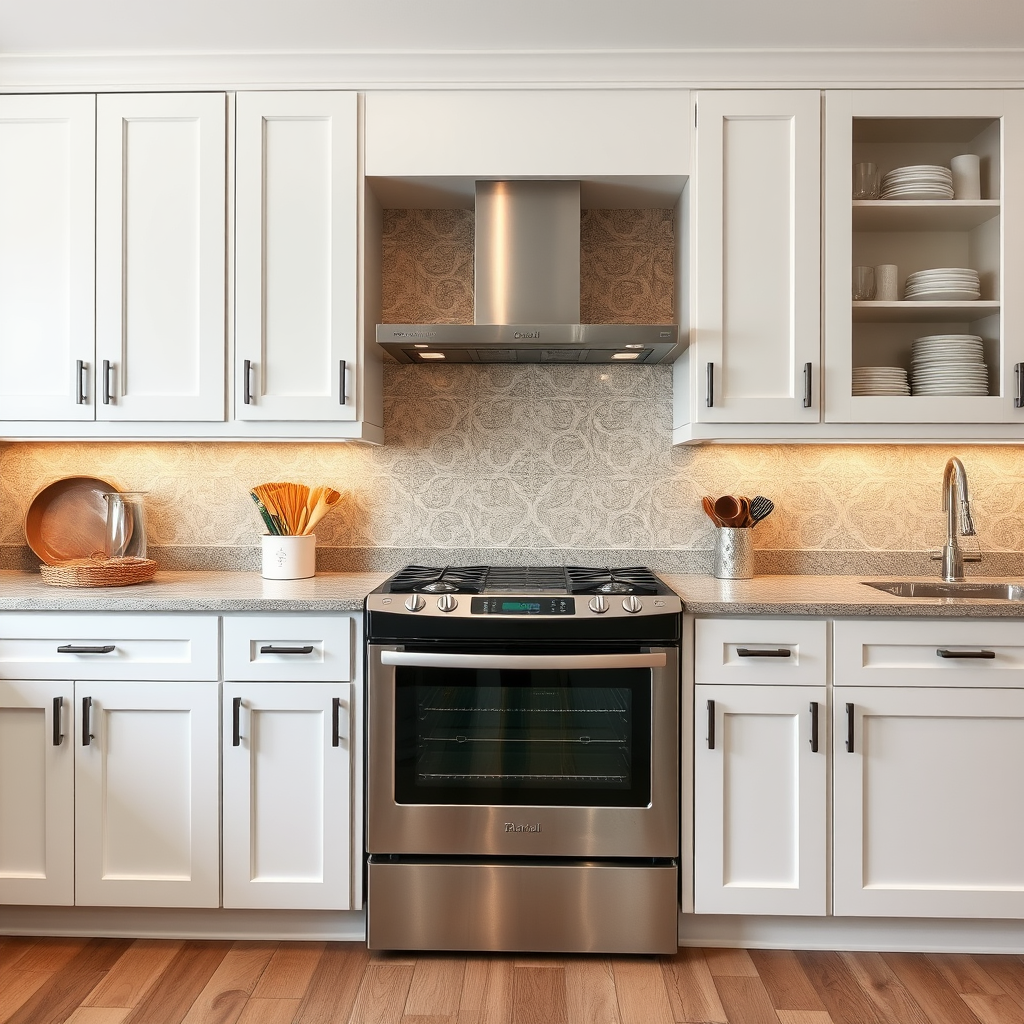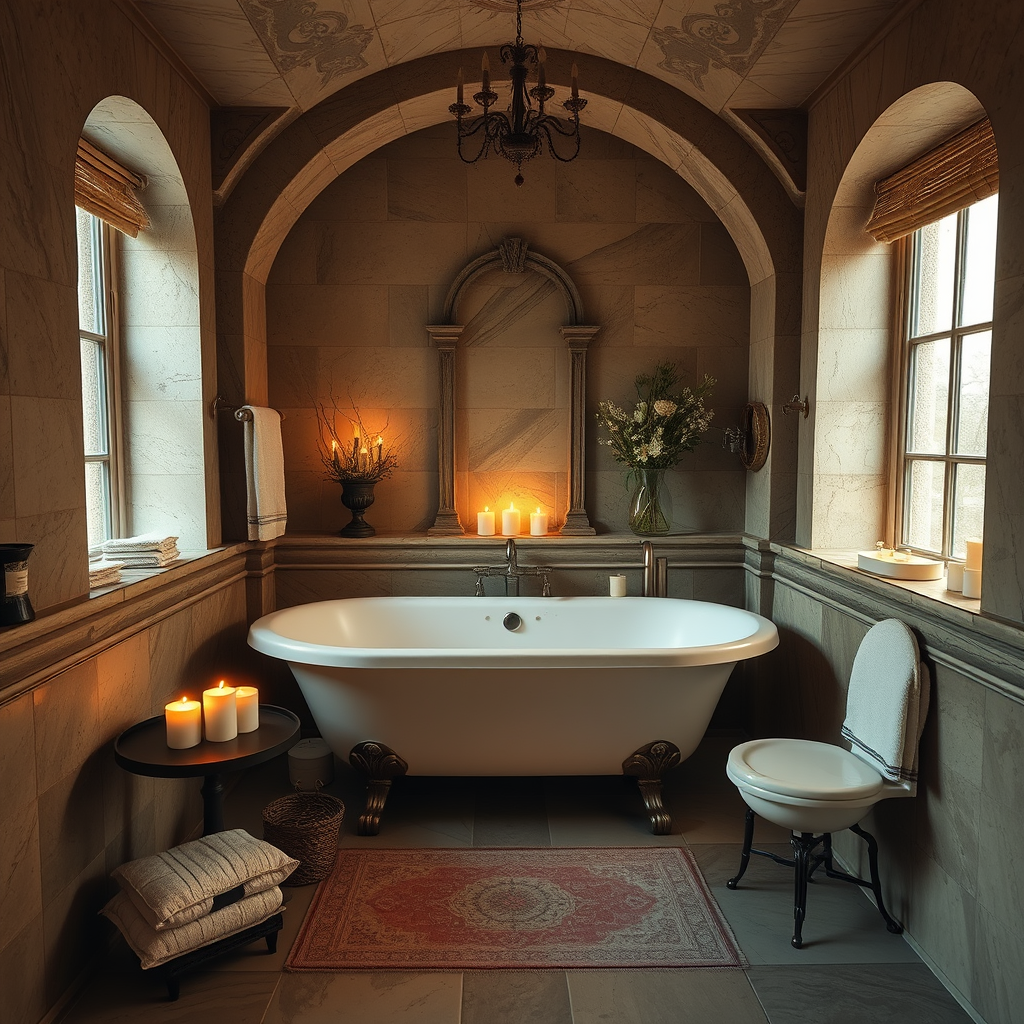Industrial interior design has evolved from its origins in repurposed warehouses and factories to become a popular and versatile style for contemporary spaces. Characterized by its raw, unpolished aesthetic, industrial design celebrates the beauty of exposed materials and the charm of urban decay. This article explores the key elements of industrial interior design, its historical roots, and tips for incorporating this style into modern spaces.
### Historical Background
Industrial interior design finds its roots in the late 19th and early 20th centuries, during the rise of the industrial revolution. As factories and warehouses became obsolete, many of these structures were repurposed into residential and commercial spaces. Designers and architects of the time began to embrace the raw beauty of these spaces, exposing elements like brick walls, steel beams, and concrete floors that had previously been hidden behind layers of finish.
The aesthetic was popularized in the late 20th century by artists and designers who sought to celebrate the grit and authenticity of industrial spaces. Today, it has evolved into a distinct design style that combines historical charm with modern sensibilities.
### Key Elements of Industrial Interior Design
1. **Exposed Materials**
One of the hallmarks of industrial design is the exposure of raw materials. Brick walls, concrete floors, and steel beams are often left in their natural state. This approach not only highlights the building’s structural integrity but also adds a sense of ruggedness and character to the space.
2. **Open Floor Plans**
Industrial spaces often feature open, airy floor plans that emphasize the building’s original design. High ceilings, large windows, and open layouts allow for a fluid flow between different areas of a room, enhancing the feeling of space.
3. **Functional and Minimalist Furniture**
Furniture in industrial design is typically minimalist and functional, often with a vintage or repurposed look. Materials like metal, reclaimed wood, and leather are commonly used. Pieces are chosen for their practicality and durability, reflecting the utilitarian nature of industrial environments.
4. **Neutral Color Palettes**
The color schemes in industrial design tend to be neutral and muted. Shades of gray, brown, and beige dominate, with occasional pops of color provided by accessories or art. This subdued palette highlights the natural beauty of the materials used in the design.
5. **Vintage and Reclaimed Accessories**
Industrial interiors often incorporate vintage or reclaimed items. These might include factory carts, old signage, or repurposed machinery. These accessories not only add character but also connect the space to its industrial past.
6. **Industrial Lighting**
Lighting in industrial spaces is typically bold and utilitarian. Fixtures often feature exposed bulbs, metal shades, and minimalistic designs. Pendant lights, track lighting, and large, statement fixtures are common, serving both functional and aesthetic purposes.
### Tips for Incorporating Industrial Design
1. **Embrace Raw Materials**
To achieve an industrial look, start with the basics: expose the brick, concrete, or steel in your space. If this isn’t feasible, you can mimic the industrial look with textured wallpapers, concrete floor paints, or faux brick panels.
2. **Choose the Right Furniture**
Opt for pieces that reflect an industrial aesthetic. Look for furniture made from reclaimed wood, metal, or leather. Furniture with a vintage or repurposed feel will enhance the industrial vibe.
3. **Layer with Textures**
Combine different textures to add depth and interest to the space. Think of mixing smooth leather with rough wood, or sleek metal with soft textiles. This approach prevents the space from feeling too stark or cold.
4. **Play with Lighting**
Choose industrial-style lighting fixtures to make a statement. Consider large, metal pendant lights or exposed bulb chandeliers. Positioning these fixtures as focal points can enhance the industrial atmosphere of the room.
5. **Incorporate Art and Accessories**
Add industrial-themed art and accessories. Vintage posters, old factory equipment, and mechanical objects can serve as conversation starters and add authenticity to the design.
### Conclusion
Industrial interior design is more than a trend; it’s a celebration of the raw and unrefined beauty found in old industrial spaces. By embracing exposed materials, functional furniture, and a neutral color palette, this design style transforms spaces into visually striking and functional environments. Whether you’re designing a home, office, or commercial space, incorporating elements of industrial design can create a space that is both unique and timeless.
As with any design style, the key is to balance aesthetics with functionality, creating a space that not only looks good but also serves the needs of its occupants. With the right approach, industrial interior design can offer a compelling and enduring solution for modern living.

